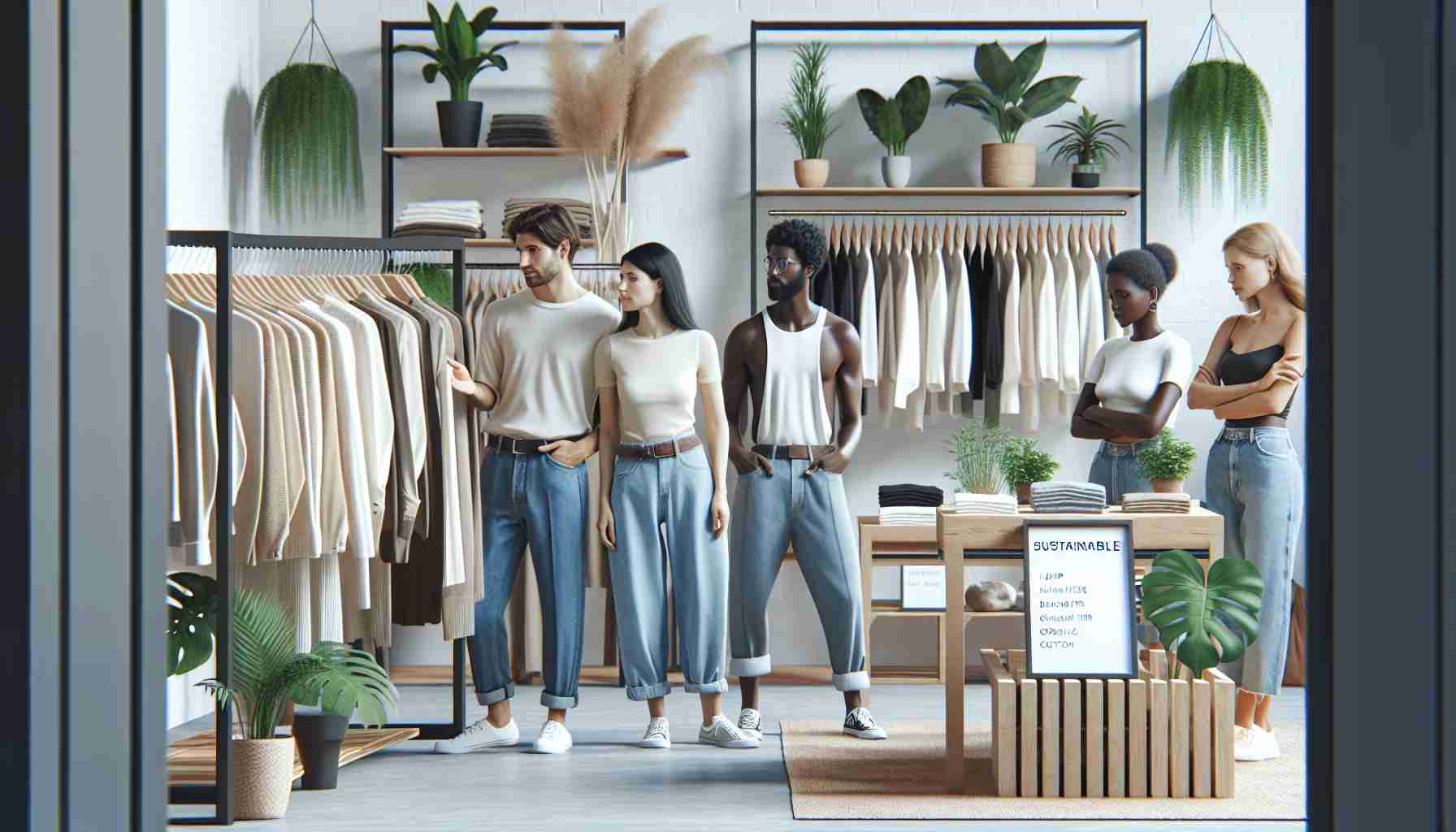Exploring the Rise of Sustainable Fashion
A growing trend towards eco-conscious clothing is revolutionizing the fashion industry. As consumers increasingly prioritize sustainability, designers are responding with innovative approaches to reduce the environmental impact of their creations. Rather than focusing on celebrity fashion trends, the spotlight is now shifting towards ethically sourced materials and environmentally friendly production processes.
This shift is evident in the surge of new sustainable fashion brands entering the market. These brands are not only committed to using organic fabrics and recycled materials but also prioritize fair labor practices and transparent supply chains. By embracing sustainability as a core value, they are challenging the traditional fast fashion model and promoting a more mindful approach to clothing consumption.
Consumers are becoming more aware of the impact their fashion choices have on the planet. This awareness has led to a shift in purchasing behavior, with many individuals opting for timeless pieces that are made to last rather than following fleeting trends. By choosing sustainable fashion, consumers are not only making a fashion statement but also contributing to a more sustainable future for the industry as a whole.
The rise of sustainable fashion represents a powerful movement towards a more environmentally conscious wardrobe. By supporting brands that prioritize sustainability, consumers can play a crucial role in shaping the future of fashion towards a more eco-friendly and socially responsible direction.
Unveiling New Dimensions in Sustainable Fashion Evolution
In delving deeper into the realm of sustainable fashion, several unexplored facets come to light that shed additional insight on this burgeoning movement. As we navigate through this transformative landscape, important questions arise that warrant exploration to gauge the holistic impact of sustainable fashion on the industry and beyond.
One crucial consideration is: How do sustainable fashion brands address diversity and inclusion in their practices and designs?
Answer: While the focus in sustainable fashion is primarily on environmental impact, the industry is increasingly recognizing the importance of diversity and inclusion. From inclusive sizing to representation in marketing campaigns, forward-thinking brands are embracing diversity as an integral part of their ethos. By incorporating diverse perspectives and empowering marginalized communities, these brands are fostering a more inclusive and equitable future for sustainable fashion.
Another pivotal question: What are the key challenges and controversies associated with sustainable fashion practices?
Key Challenges and Controversies: Despite the admirable goals of sustainability, the fashion industry still faces challenges in areas such as supply chain transparency, greenwashing, and accessibility. Ensuring that sustainable practices extend beyond marketing claims to the entire production process remains a challenge. Additionally, concerns have been raised about the affordability and accessibility of sustainable fashion, as it often comes with a higher price tag that may limit widespread adoption.
Advantages: The advantages of sustainable fashion are multifaceted, ranging from reduced environmental impact to improved working conditions for garment workers. By promoting ethical practices and conscious consumption, sustainable fashion contributes to a more responsible and transparent industry. Furthermore, investing in quality, timeless pieces can lead to a more sustainable wardrobe that transcends seasonal trends.
Disadvantages: On the flip side, challenges such as higher costs and limited availability of sustainable options can be considered disadvantages for consumers looking to make the switch. It may require a shift in mindset and budgeting to prioritize sustainable fashion purchases over conventional, more affordable alternatives. Additionally, navigating the complexities of greenwashing and verifying the authenticity of sustainable claims can be daunting for consumers seeking genuine eco-friendly products.
As we navigate the complexities and opportunities within sustainable fashion, it is essential to stay informed and critically evaluate the practices and values of brands in this space. By asking probing questions and understanding the nuances of sustainability, we can actively participate in shaping a fashion industry that is not only stylish but also sustainable and inclusive.
For further exploration on sustainable fashion and related topics, visit Fashion Revolution.









